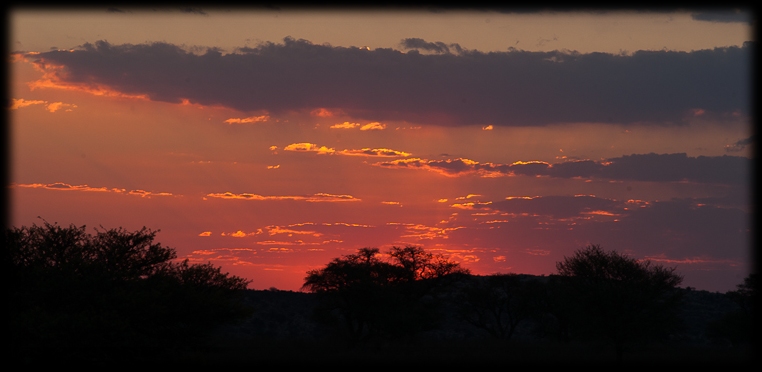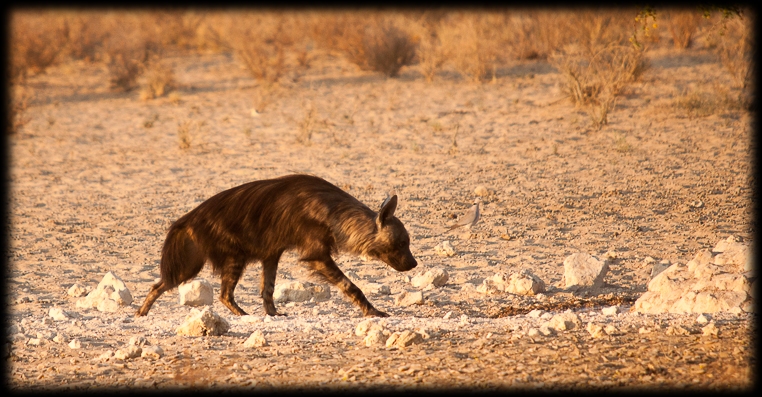Day 6 - 8th October (Continued)
We decided after a while to continue our drive north to Grootkolk where we would be spending 4 nights. Our next sighting was a bird we saw a few times during the trip but was extremely difficult to get a photo of in fact worse than the crimson breasted shrike.
African Hoopoe
Egg Size: 26 x 18 mm Egg Weight: 4.4 g (of which 8 % is shell)
Number of Nest Records: 0
clutch Size: 7 - 8 eggs
Incubation: 15- 16 days by the: Female
Fledging: 26 - 29days
First Clutches Laid: Does not breed in Britain, or too few Nest Records
Number of Broods: 1(2)
Adult Survival: 0.380

We arrived at Grootkolk at 12.30pm and were met by Andries. He allocated us to unit number 3 (yes seems we are doing 3’s) as our stay would be for 4 nights we really had a lot of unpacking and organising to do which took us a lot of time.
After unpacking we were hot so decided on nice cold water with ice and cheese and biscuits for lunch. We eventually settled for an afternoon rest as it had been a long drive not so much for the distance but the sightings etc. We awoke at 4h30pm and it was just starting to cool a bit so we had a nice cold drink and started the van around 4h45pm to take a drive north to unions end. I cannot give you a reason why but both me and SO think this is one of the best drives in the park and it cannot be for animal sightings as it has not been overly productive for us.
In saying that in general all our late afternoon drives were nowhere near as productive as our morning drives and I cannot really understand why.
We made good time as the sightings were limited and reached unions end where we signed the book. We turned and on heading south we encountered our first snake of the trip.
Cape Cobra
The snake makes use of a neurotoxin that targets the respiratory system. If the cape cobra bites an adult human, there is a 60 percent chance of death if no antivenom is available. Bite victims die from respiratory failure, due to the onset of paralysis from the venom. Large amounts of antivenom is needed to treat a bite. Because this cobra has the most powerful venom out of all African cobras, it has the highest rate of fatalities.
These photo's are not great but it at least told us they were around.




The remainder of the drive back to Grootkolk was quiet but as we turned right into the entrance road we had a chance to sit and absorb this.


Each night we were there we good the same view so look out for it. Best position was a couple of hundred metres from the turn in to camp. Just for information the gate in October closes at 7pm. We arrived back around 6h50pm handed in our permit and had our first drink in our hand by 7h05pm.
We elected not to take any photo's tonight and just mess around with the new spot light and just observe the goings on at the waterhole. It was productive with the usual but not big predator's. It was SO's turn to cook dinner which was rice with savoury mince.
Just a note the gas stove worked but it takes a while which is not really a concern. We used our water to cook with as we did not want to take any chances so early on in the trip. The new light worked very well and so did the red filter. The red filter does however diminish the light and the distance quite a bit but then again it has a purpose to protect sensitive keys when animals are fairly close.
After dinner we sat and relaxed for a while before getting into the unit to shower and go bed at 9h50pm.






















